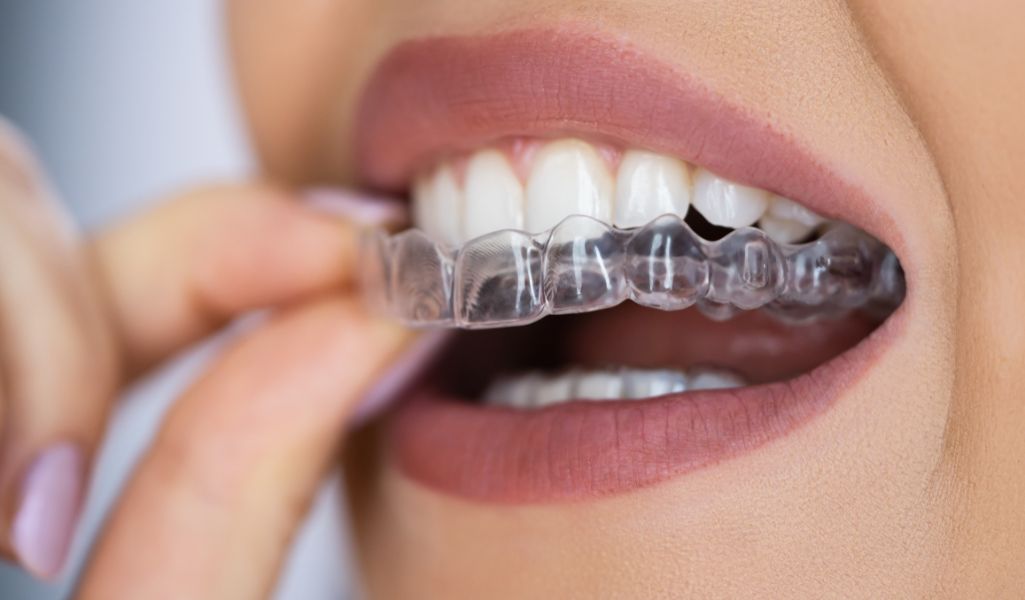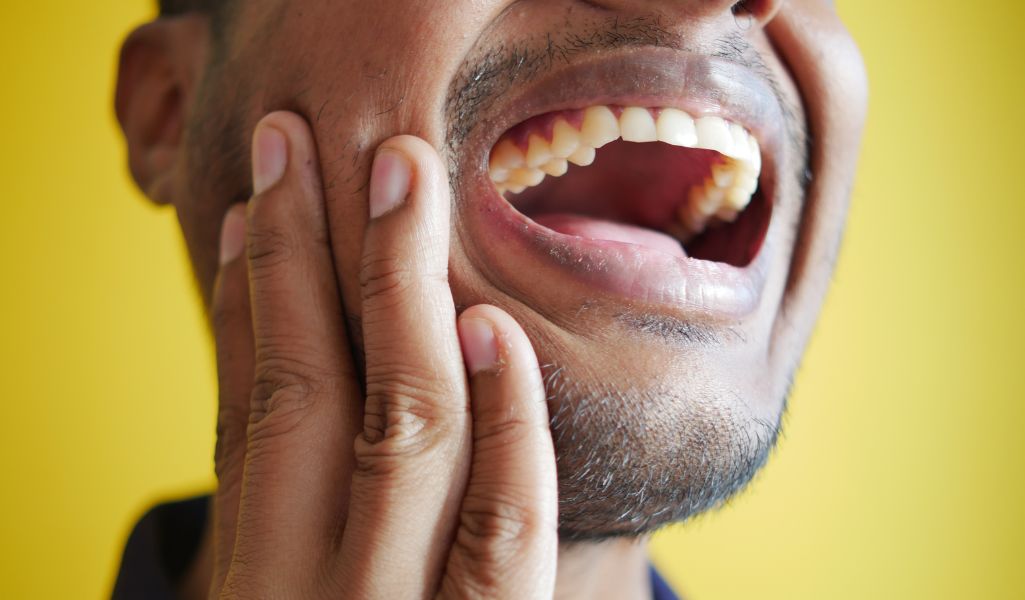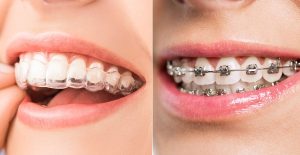Orthodontic Challenges with Invisalign: How to Avoid Common Errors and Achieve Your Ideal Smile
Invisalign has emerged as one of the most popular solutions for straightening teeth, offering a discreet alternative to traditional braces. With its clear, removable aligners, many people are turning to this option to achieve the perfect smile. However, while Invisalign offers numerous benefits, it also comes with its own set of challenges. If you’re not careful, it’s easy to make mistakes that can hinder your progress. In this post, we’ll highlight common errors that people make with Invisalign treatment and provide expert advice on how to avoid them.
By following these tips, you’ll be well on your way to achieving the beautiful, straight smile you’ve always dreamed of.
One of the most common mistakes people make with Invisalign is not wearing their aligners for the recommended 20 to 22 hours per day. While the aligners are removable, that doesn’t mean they should be taken out frequently. If you’re not wearing your aligners enough, the teeth won’t shift as they should, and the progress of your treatment will be delayed.

To avoid this error, get into the habit of wearing your aligners throughout the day, except when eating, drinking, or cleaning your teeth. Consider setting a timer on your phone to remind you to put them back in after meals. Additionally, keeping your aligners in a protective case when you're not using them will ensure they don't get lost or damaged.
Although Invisalign is less invasive than traditional braces, regular check-ups with your orthodontist are still crucial to ensuring everything is on track. Skipping or delaying appointments can result in extended treatment time or prevent your orthodontist from spotting potential issues early.

Make sure you attend all scheduled appointments. Your orthodontist will assess your progress, make necessary adjustments, and provide you with your next set of aligners. These visits are an opportunity to discuss any concerns and ensure you’re moving toward your ideal smile.
Each set of Invisalign aligners is designed to be worn for a specific period—usually one to two weeks. Failing to switch to the next set of aligners when scheduled can disrupt the treatment timeline, leading to delays in achieving your desired results.
Stick to the recommended timeline and change your aligners on schedule. If your current set feels particularly tight, don’t be tempted to keep wearing them longer than recommended. On the other hand, if you feel like the aligners aren’t fitting properly or are too loose, consult your orthodontist for guidance.
This may seem obvious, but many people still make the mistake of eating or drinking with their aligners on. This can lead to a build-up of food particles and bacteria in your aligners, making them harder to clean and potentially leading to tooth decay or stains. Drinking sugary or acidic beverages while wearing aligners can also damage them.

Always remove your aligners before eating or drinking anything other than water. If you’re unable to brush your teeth immediately after eating, at least rinse your mouth with water to remove food particles before reinserting your aligners.
Proper hygiene is essential when undergoing Invisalign treatment. Failing to clean both your aligners and teeth properly can result in plaque build-up, bad breath, and potential oral health problems. Dirty aligners can also become discolored, affecting their clarity and your overall appearance.
Clean your aligners daily with a soft toothbrush and non-abrasive soap or an Invisalign cleaning solution. Avoid using regular toothpaste, as it can scratch and damage the aligners. Likewise, brush and floss your teeth thoroughly before putting your aligners back in to prevent plaque buildup. If you’re out and about and don’t have access to a toothbrush, rinse your mouth with water.
Once your Invisalign treatment is complete, you may be tempted to ditch the retainer. However, this is a major mistake! Retainers are crucial for maintaining your newly aligned teeth, as they help prevent your teeth from shifting back to their original positions.
After completing your Invisalign treatment, your orthodontist will provide you with a retainer. Be sure to wear it as instructed. In some cases, you may need to wear it full-time initially and gradually transition to wearing it only at night. Consistency is key to preserving the results you’ve worked hard to achieve.
Aligners are designed to be durable, but they can be easily damaged if not stored properly. Leaving your aligners in your pocket, bag, or on a surface can expose them to heat, which can warp the plastic. Additionally, aligners that aren’t stored in their case are more likely to get lost.
Always store your aligners in the case provided by your orthodontist when you’re not wearing them. This protects them from damage and loss. If you need to take your aligners out while traveling or in public, keep them in a secure container to avoid accidental damage.
It’s normal to experience some discomfort when wearing a new set of aligners. However, if you experience ongoing or severe pain, it may indicate that something is wrong with your treatment. Ignoring this discomfort can lead to further complications and delayed results.





